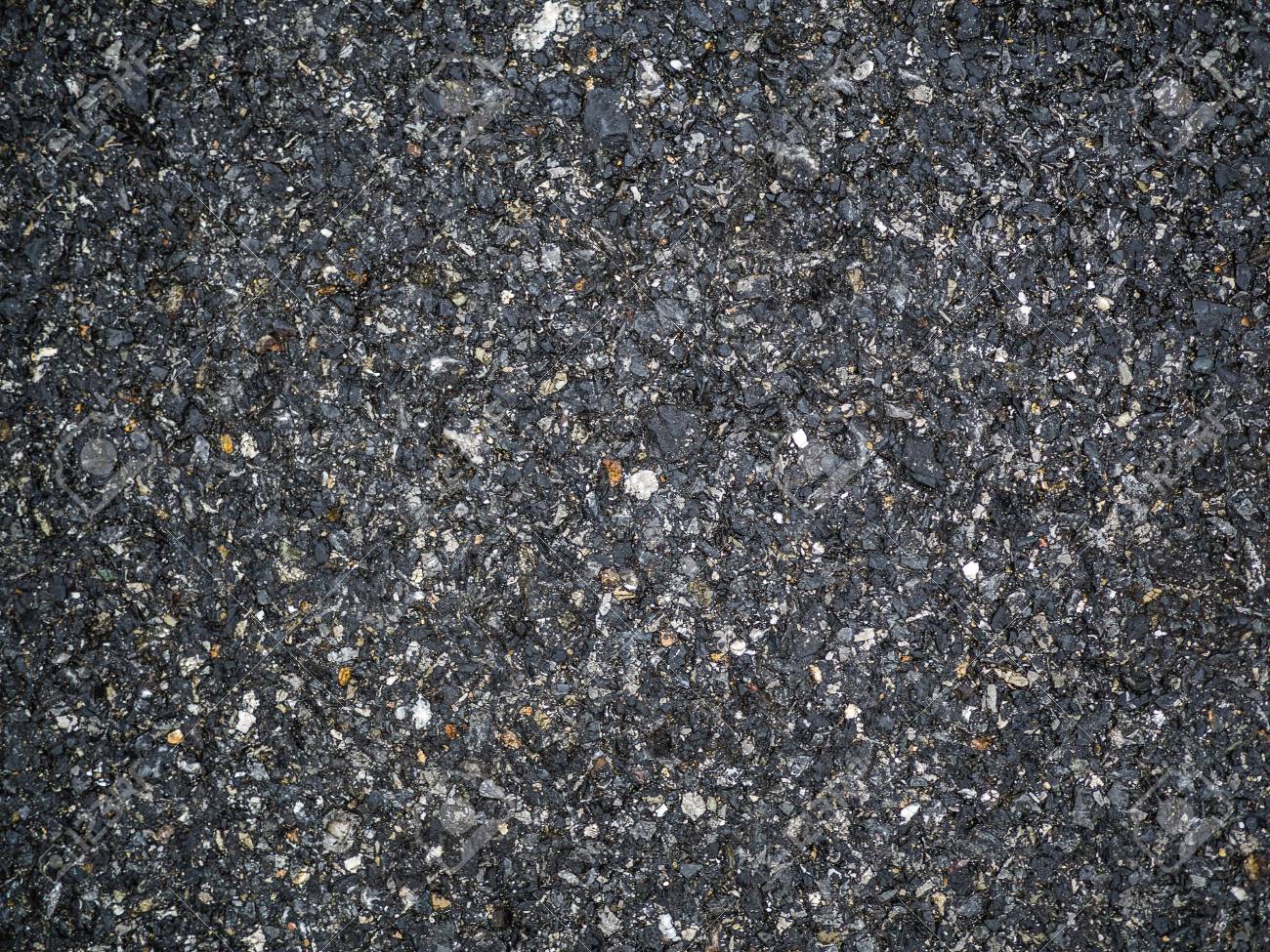

Stone asphalt texture cracked#
SMA surfacings may provide reduced reflection cracking from underlying cracked pavements due to the flexible mastic.SMA may be used at intersections and other high traffic stress situations where OGA is unsuitable.SMA can be produced and compacted with the same plant and equipment available for normal hot mix, using the above procedure modifications.The surface texture characteristics of SMA are similar to Open graded asphalt (OGA) so that the noise generated by traffic is lower than that on DGA but equal to or slightly higher than OGA.SMA provides a textured, durable, and rut resistant wearing course.Fibre content is generally 0.3% (by mass) of the total mix. Other fibre types, including glass fibre, rockwool, polyester, and even natural wool, have all been found to be suitable but cellulose fibre is generally the most cost-effective. Polymer modified binder - increasingly used in heavy traffic conditions to provide additional resistance to flushing and rutting.Ĭellulose fibre is most commonly used in SMA work in Australia.


In batch plants, the fibre additive is added direct to the pugmill using individually wrapped press packs or bulk dispensing equipment. SMA is mixed and placed in the same plant as that used with conventional hot mix. In the US, detailed mix design guidelines have been developed for SMA and published by the US National Asphalt Pavement Association in their Quality Improvement Publication QIP 122 as given in the references. The essential features, which are the coarse aggregate skeleton and mastic composition, and the consequent surface texture and mixture stability, are largely determined by the selection of aggregate grading and the type and proportion of filler and binder. There are no precise design guidelines for SMA mixes available in Europe. Addition of a small quantity of cellulose or mineral fibre prevents drainage of bitumen during transport and placement. This high bitumen content also improves flexibility. Improved binder durability is a result of higher bitumen content, a thicker bitumen film, and lower air voids content. The deformation resistant capacity of SMA stems from a coarse stone skeleton providing more stone-on-stone contact than with conventional dense graded asphalt (DGA) mixes (see above picture).


 0 kommentar(er)
0 kommentar(er)
